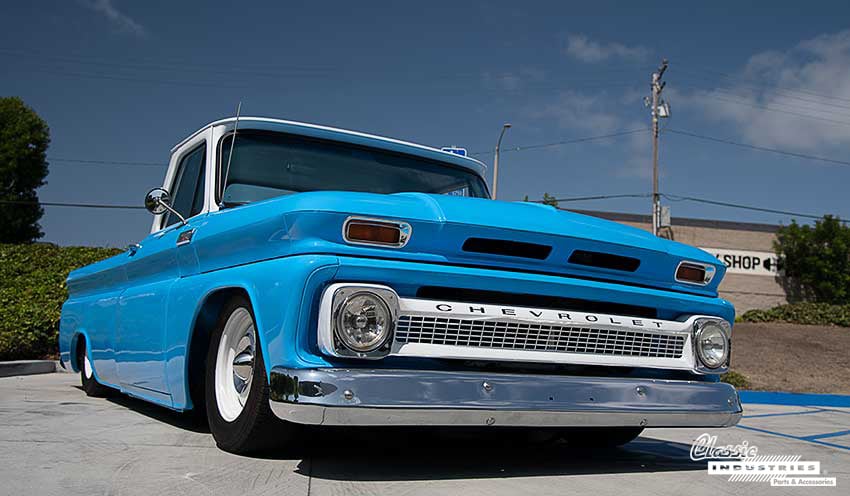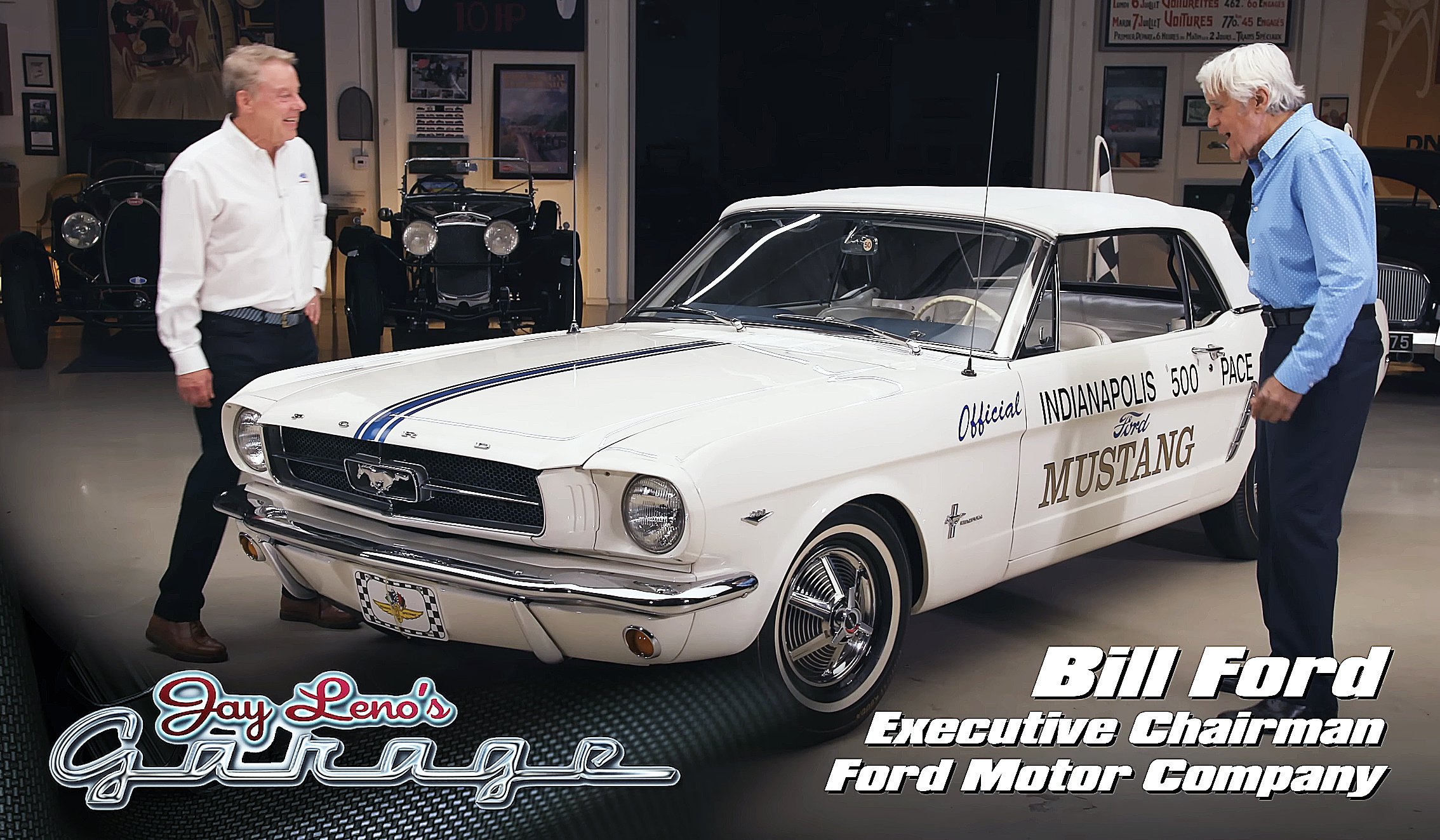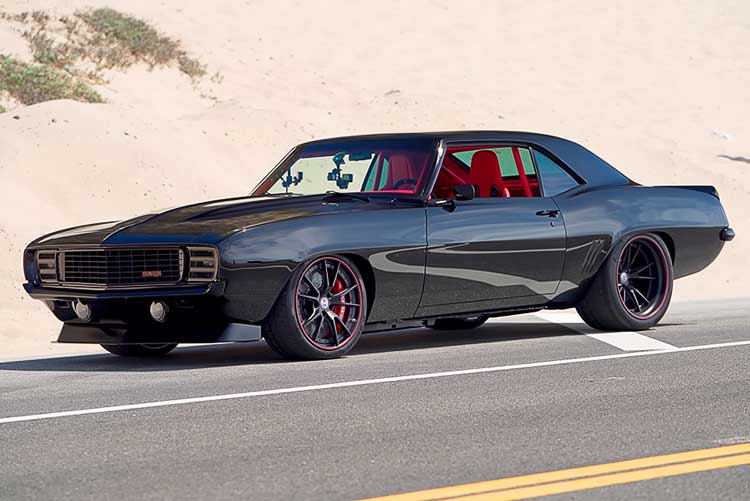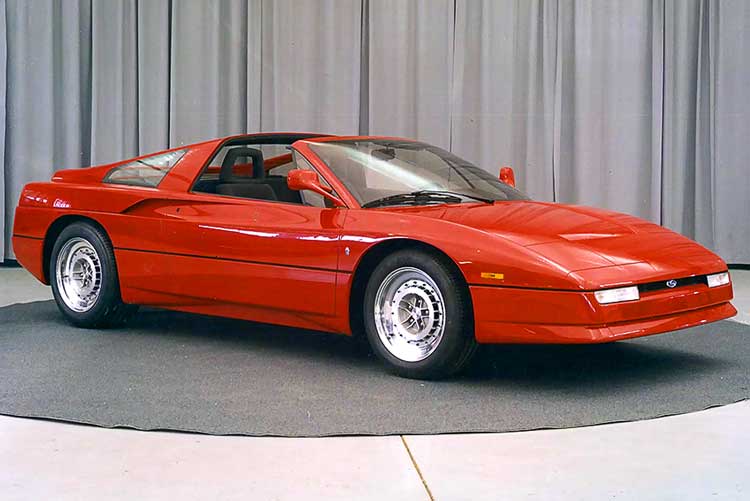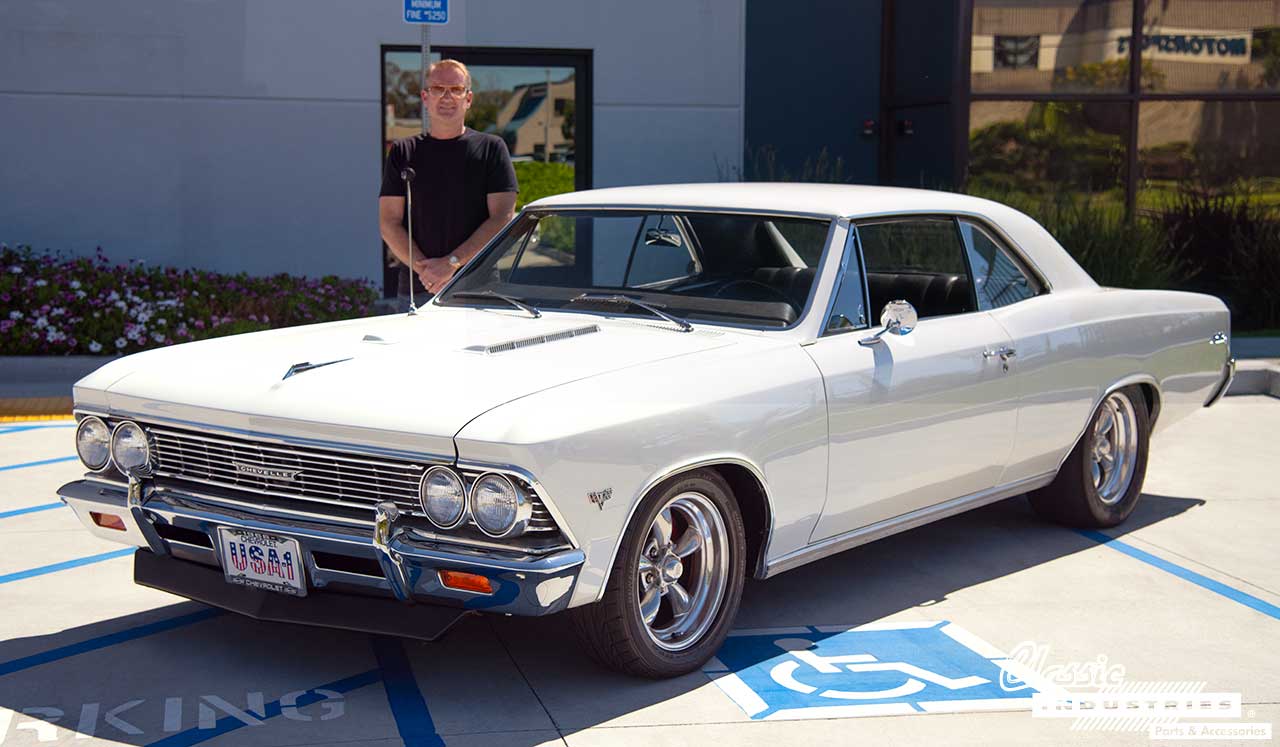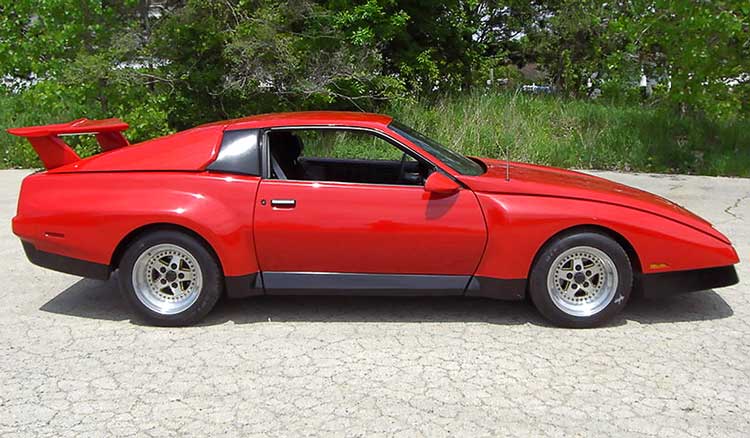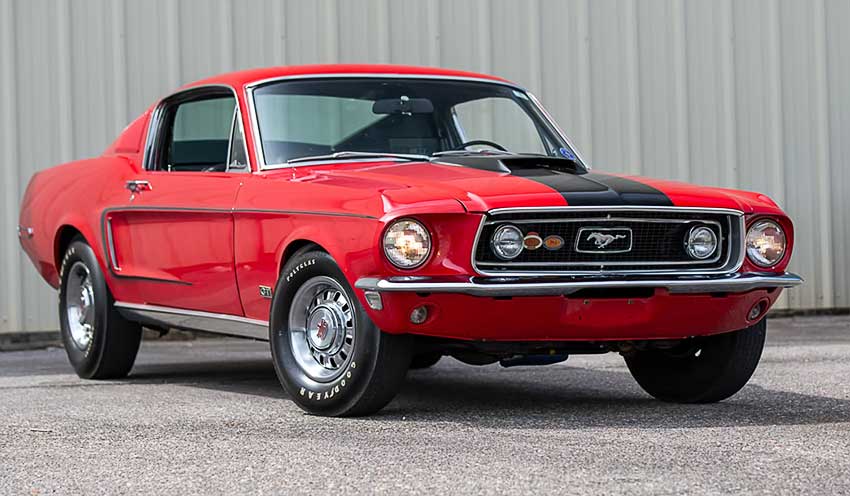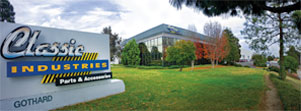On any given weekday or Saturday at the Classic Industries' Retail Showroom parking lot, one can appreciate several vintage American muscle cars and trucks, whose owners are either loading up parts in their hobby cars. Or they're waiting inside the showroom to pickup their selection of automotive components to replace worn or missing parts on their rides.



